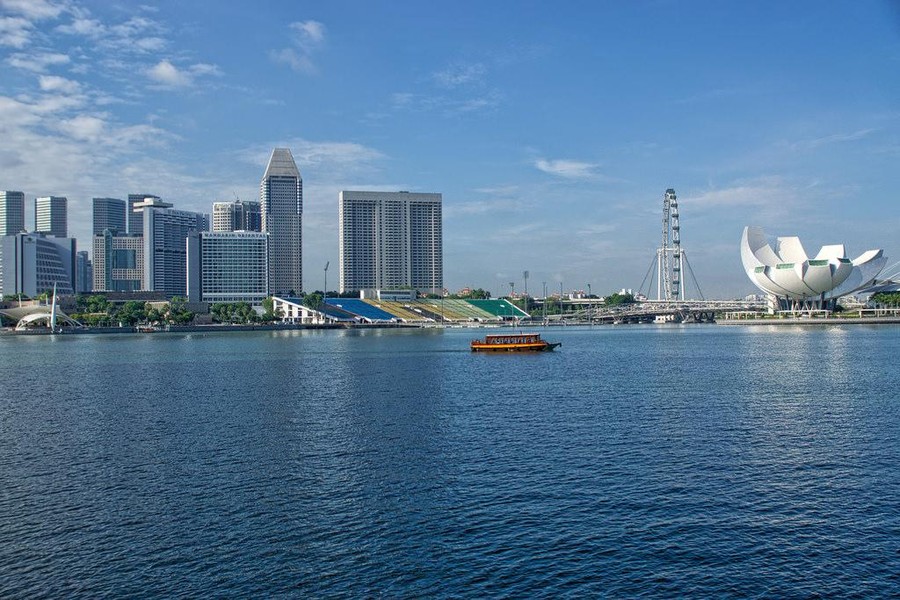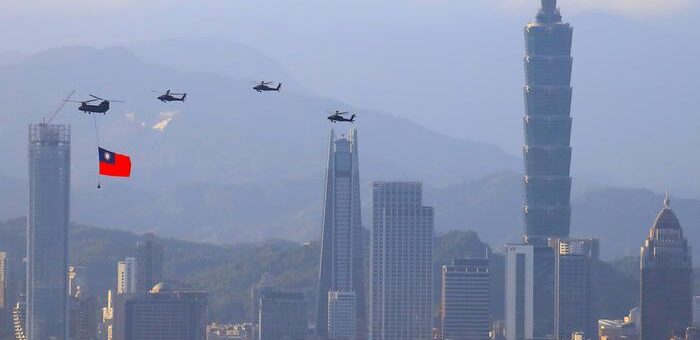By Kuan Hsu
There has been a renewed focus from the Taiwan government on encouraging Taiwanese companies, both large and small, to expand to Southeast Asia, dubbed the “New Go South” policy.

With a population of 625 million (the 3rd largest in the world, greater than either the European Union or the United States) and a median age of 29.1 years, mostly ready to embrace the digital and mobile lifestyle, Southeast Asia is indeed an enticing market for Taiwan companies.
While I wholeheartedly agree that expanding potential markets is generally a good strategy, entering new and unfamiliar realms is easier said than done, especially for Internet and Mobile startups from Taiwan.
As an early stage VC and as a Taiwanese living in Southeast Asia for nearly a decade, I would personally love to see more Taiwan startups operating and being successful in the region. Thus, I have written this as the first in a series of posts aimed at helping Taiwan startups think through how to enter the market.
So, if you are a startup founder from Taiwan and are genuinely interested in this exciting market, what should you do?
In fact, there are several things that can be done, some even in pajamas from the comfort of your home in Taiwan: (this means no more excuses! )
Read and Learn
Read online tech media such as TechinAsia and e27 to get a sense of the ecosystem, to learn about the unique challenges facing startups in the region, and how some have managed to overcome those challenges. Very importantly, reading the funding news will help you to figure out which potential investors may be a match for your startup (Hint: look at the VC’s portfolio investments and recent investment trends).
There are also several books (mostly published in Japan, it seems. See photo below taken from the Kinokuniya bookstore in Singapore) that go in depth about analyzing the Southeast Asian market in addition to providing background on its history and culture (this is neither exhaustive, nor recommending any specific books here, just to illustrate a point).
In addition, there are several think tanks, research organizations, and corporates that publish their research on the challenges and opportunities in the region:
- Association of Southeast Asian Nations (ASEAN) – Helpful to understand macroeconomics and policy
- Economic Outlook for Southeast Asia, China and India 2016, published by Organisation for Economic Co-operation and Development (OECD)
- McKinsey & Co’s report on Southeast Asia
- Similar report by Bain
- Research co-authored by Google and Temasek
- Report by Deloitte
- Annual research by We Are Social
Last, but not least, in the age of hyper connected society and social media, there are many groups from which you can learn, whether startup related or not, such as (again, this is neither exhaustive, nor recommending any specific groups, just to illustrate a point):
- Taiwan2SEA
- job.opportunity.investment
- twn.at.sg
- BKK Web Meetup
- M.Market (e-commerce in Malaysia)
- Taiwanese-work-in/Singapore
Listen to Experience
Learning from the experience of others who have treaded the path before you is an efficient method of learning; in other words from ancient Chinese wisdom: “listening the words of a wise man can be superior to studying ten years of books.”(聽君一席話, 勝讀十年書)
You should approach these experienced folks after you have gained at least some basic knowledge through reading and/or speaking to people in your immediate circle, as most of them are busy — you should not waste their time on things that can be easily answered via Google.
Many have seen Southeast Asia up close and personal, including but not limited to:
– Taiwan startups who are already in Southeast Asia such as Hellowings (invested by KK Fund), EzTable, iChef, KKDay, uitox, Pinkoi, Saihu, and many more. Many of these startups have also blogged about their experiences, so please read before you reach out to these startups.
- Startups from Southeast Asia who have expanded to Taiwan such as Paktor, Carousell, and others.
- Organizations that are geared to help Taiwan startups expand overseas such as Taiwan Startup Stadium and ALPHA Camp.
- Southeast Asian students studying in Taiwan may offer insights into the consumer behaviour and challenges of living in Southeast Asia, for example at the National Taiwan University of Science and Technology.
- Opinion leaders who are knowledgeable and who are active on social media groups such as the ones listed above. Build up rapport with them through online interactions, and don’t be shy about inviting them out for coffee — startup founders need to hustle!
In addition, there are many events in Taiwan nowadays that specifically focus on Southeast Asia as a topic, you will be able to meet many others who are interested in the region or perhaps meet “experts out in the world .”(高手在人間)
Observe in Person
If what you have read and heard so far is still intriguing enough for your startup, nothing compares to spending time in the region. Again as the ancient Chinese saying goes, “Reading extensively is nothing compared to traveling 10,000 miles.” (讀萬卷書不如行萬里路)
Spending 3 to 4 weeks, including stops in Singapore and an additional one to two cities such as Kuala Lumpur or Jakarta, may be an ideal time for first-timers to the region.
You can find cost effective accommodations through Airbnb or perhaps crash at friends’ place (hey, such is the startup life right?).
Ideally, you may want to time your visit to coincide with large-scale startup events such as Echelon, TechinAsia, Wild Digital, Techsauce, and many other such events to maximize your chances of meeting regional investors.
Ultimately, to spend time in Southeast Asia is to experience the sights, smells, tastes, sounds, and to understand your target audience. You should feel what it is like being stuck for 2 hours on the streets of Jakarta, Manila, or Bangkok (and perhaps hailing a motorcycle ride to get out of the traffic jam), walking in the cities and soaking up the 33ºC heat and the more than 80% humidity without much shade or sometimes walkways, and attempting to load mobile shopping sites while you struggle to get 2.5G reception.
Even if you decide at the end of the day that Southeast Asia is not a suitable market for your startup, you would at least have seen and learned first-hand to arrive at that conclusion and hopefully made great friends and had unforgettable experiences along the way.
If you do visit Southeast Asia, please look me up – I would be happy to accept invitations to coffee.
photo credit:Marina Bay of Singapore with Arts and Science Museum, Singapore Flyer, Formula 1 stands, Mandarin Oriental hotel and Pan Pacific hotel via photopin(license)

